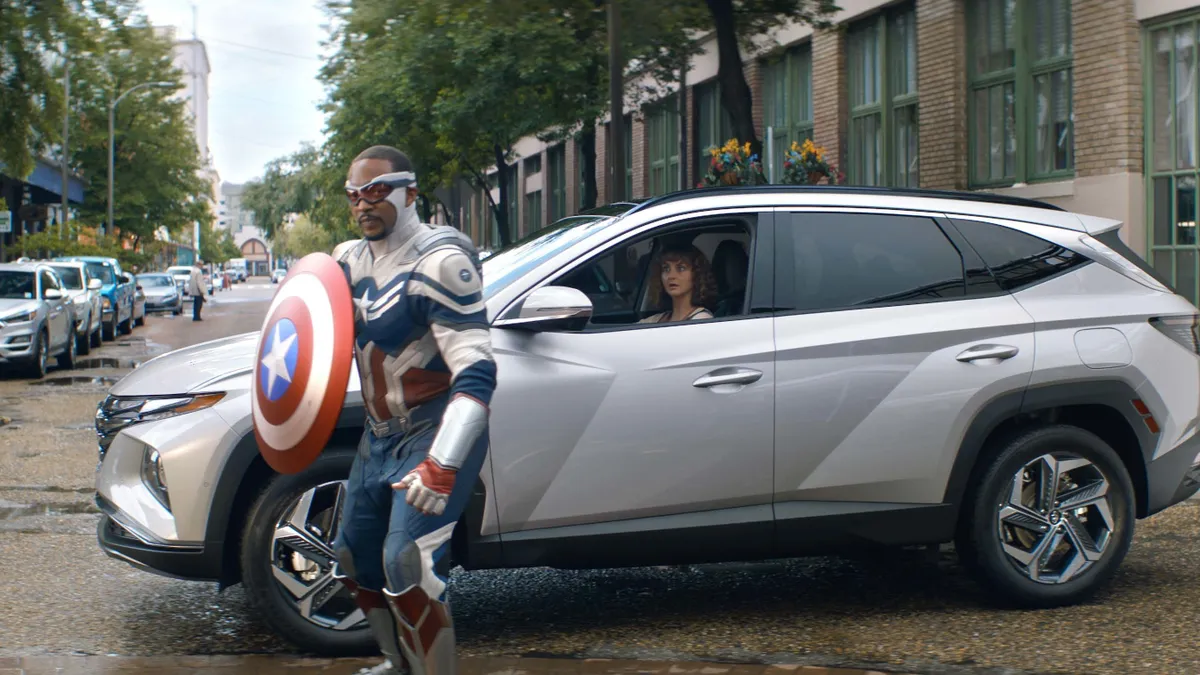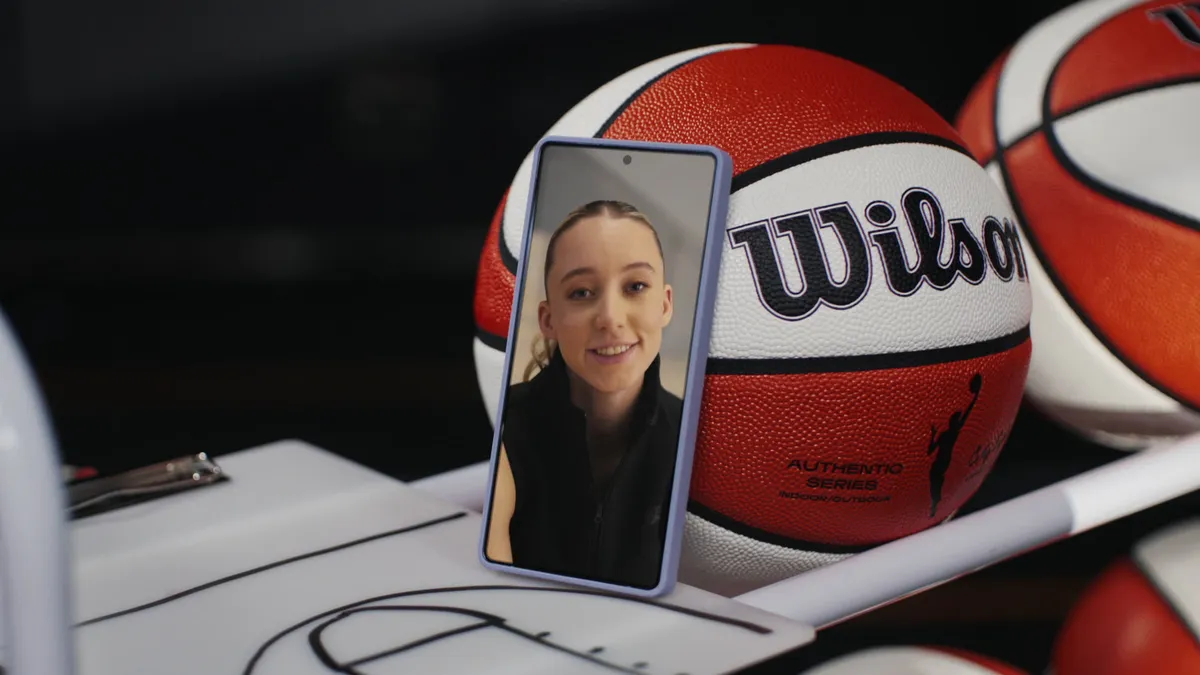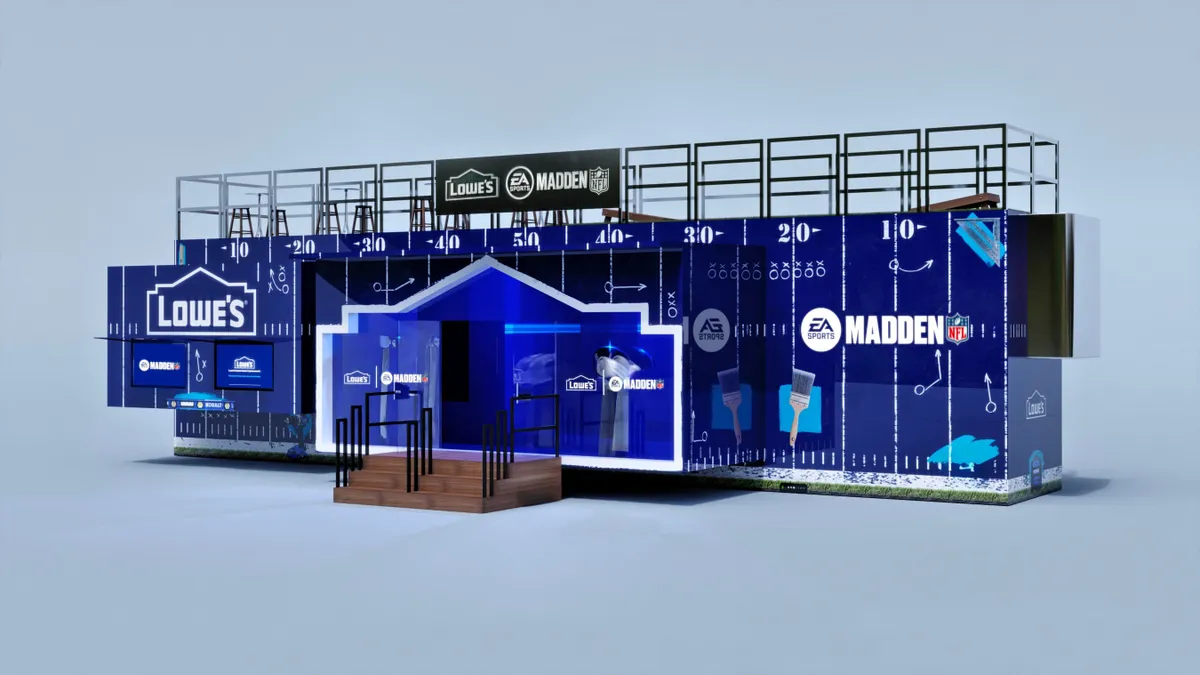For Disney — a media conglomerate that is both a major advertiser and the operator of ad channels for other marketers — changing consumer demands around streaming impacts everything from how it markets and distributes multimillion-dollar films to how it partners with brands.
Disney beat revenue expectations last quarter as its parks, experiences and products segment returned to profitability for the first time since the beginning of the pandemic. The company saw increased ad revenue across broadcast, cable and Hulu, and notched 116 million subscribers on Disney+. But as it prepares to announce its latest earnings report tomorrow (Nov. 10), results could show how consumer shifts are starting to take a toll on the company, with some financial analysts concerned that the long-term subscriber goal for Disney+ may be in jeopardy.
"For 100 years, Disney has been selling to an intermediary as a wholesaler and now they have to get into direct-to-consumer, and there are growing pains," said John Rood, who served for more than a decade at both Disney and Warner Bros., most recently as senior vice president of marketing at the Disney Channel.
In recent years, Southern California's media studios and Northern California's tech companies have seemed to emulate each other. The Hollywood operations of media conglomerates are shifting to a DTC and data-driven model, while Silicon Valley behemoths are working to establish themselves as brand-builders and storytellers. The transitions have not been seamless, and the ramifications for marketers are legion.
"These companies have only been in direct-to-consumer for about 18 months. 'Data' is tossed around a great deal — almost as much as 'influencer' — as they tried to figure out the economical way to sell their wares," Rood said.
Some conglomerates have fared better than others in matching the new landscape. Most notably, telecom giant AT&T waved the white flag on entertainment in May, announcing plans to spin off WarnerMedia and merge it with Discovery, while holding on to its embattled ad-tech division, Xandr. On a smaller scale, Disney faced and later settled a breach of contract lawsuit filed by "Black Widow" star Scarlett Johansson over the film's simultaneous release in theaters and on its streaming service Disney+ — a conflict any media conglomerate could face as streaming remains a force despite consumers' return to theaters.
Brand partners, assemble
As it seeks to market its film and TV projects — whether they appear in theaters, on Disney+ or some combination of the two — Disney has embraced brand partnerships that let other marketers leverage the power of its deep wealth of franchise intellectual property while putting its content in front of different audiences at different times.
Hyundai over the summer released a series of ads starring Marvel characters from Disney+ series including "The Falcon and The Winter Soldier" and "WandaVision." The spots, which were scripted, produced and managed by Marvel and aired across TV, streaming, digital and social, helped to promote both the automaker's 2022 Tucson and the then just-launched "Loki" series. Similarly, Lexus in October debuted a marketing campaign that tied the brand and its IS 500 performance sedan with "Eternals," the Marvel film released exclusively in theaters on Nov. 5.
The partnerships sought to create wins for both parties, with different results, according to Rood, who found the Hyundai tie-ins to be more effective. While "Eternals" notched $71 million in domestic ticket sales during its debut weekend — the fourth highest opening of the pandemic — Lexus' search for younger, affluent consumers might make the partnership a mismatch: Moviegoers are more likely to be in the 18-to-34 demographic than the 35-plus one of its drivers.
"Is the Marvel nerd, so to speak, the one who's going to make the leap towards Lexus? That seems like a pretty expensive calculation," Rood said. "The biggest thing other than 'follow the money' to remember as an adage is 'cost is a function of desperation.'"
Rood estimates the impact from these types of ad partnerships is very low: Consumers might remember a cool ad, but they'll know it for the character — not the car brand. The challenges in accurately attributing ad views back to a consumer action contributes to issues farther down the sales funnel, in sampling and purchasing the product.
"Hopefully [brands] are thinking to measure return on investment, and the efficacy or effectiveness of the promotional campaign before they jump back into Hollywood," he said. "Control what you can control and calculate that anything beyond that excess exposure or excess capturing of the zeitgeist is gravy beyond the investment."
Wide world of ad platforms
Along with the company's own advertising, Disney manages a variety of ad-supported channels across broadcast, cable, streaming and digital. Earlier this year, the company rolled out programmatic platform Disney Real-Time Ad Exchange (DRAX) as part of its efforts to unify its advertising sales among digital and linear TV screens.
Simplifying the process of buying ads across the Disney landscape — from ABC to ESPN to Hulu — is part of what makes media consolidation attractive to advertisers. Nearly three-quarters (73%) of advertisers surveyed for Advertiser Perceptions' Corporate Reputation Report said such consolidation makes it easier to decide where to spend ad dollars. This is especially important as advertisers look to combat the fragmentation of connected TV (CTV), which has seen accelerated growth during the pandemic.
"There used to be limited targeting options against the most premium inventory offered by major media companies such as Disney. A lot of that inventory would get purchased in upfront direct deals with limited targeting options. If you wanted advanced targeting, you had to turn to the programmatic platforms which typically had CTV inventory that wasn't as premium. That all changed," Richard Lawrence, vice president of linear and advanced TV for S4 Capital Group, said via email.
"For 100 years, Disney has been selling to an intermediary as a wholesaler and now they have to get into direct-to-consumer, and there are growing pains."

John Rood
Marketing consultant and former Disney executive
CTV not only has some of the highest attention scores, according to Lawrence, but offers more granular targeting for advertisers through matches to third-party databases and first-party brand data. To better meet advertisers' changing needs around data, Disney's rollout of DRAX was accompanied by the launch of a first-party consumer data and audience modeling platform called Disney Select, which powers a recently announced clean room data solution that helps advertisers with advanced pre-planning insights, activation and cross-portfolio measurement.
"These efforts are directly in line with what the market is asking for and where it's moving from a data and identity perspective," Lauren Fisher, executive vice president of business intelligence at Advertiser Perceptions, said via email. "Data clean rooms are especially important as identity changes and privacy regulation comes into play; advertisers will look to partners who allow them combine data in a safe, privacy-compliant way for accurate and more holistic measurement capabilities."
While Disney Select boasts more than 1,000 first-party segments, the company is relatively new to first-party data, especially compared to other tech platforms that sell ads, like Amazon. However, the company is talking about, investing in and staffing against data more than its competitors, Rood said. These moves could position it for growth as digital advertising continues to evolve.
"Disney, among the Southern California media conglomerates, is the best at capturing data," he said. "In the land of the blind, the one-eyed man is king."























